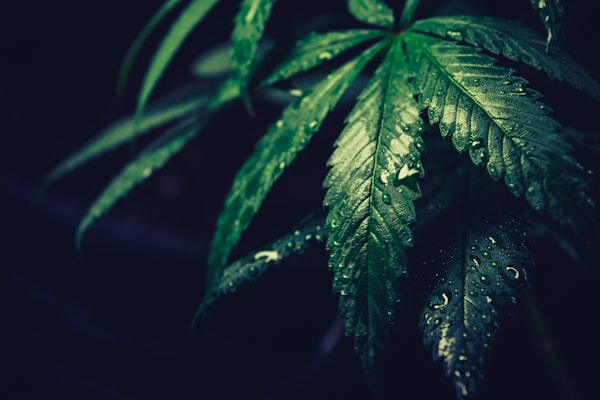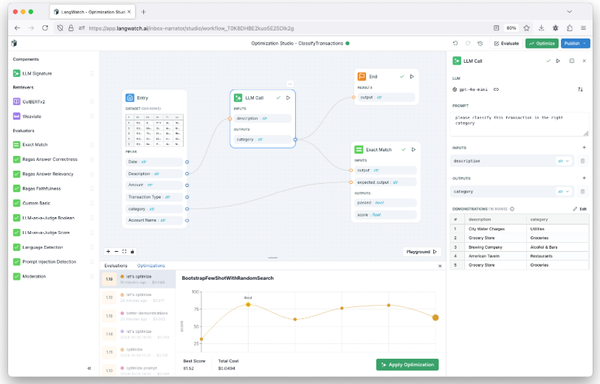Navigating The Different Types Of Weed And Their Ideal Trimming Setups
Table of Content
With the legalization of cannabis in many parts of the world, an increasing number of people across the world are becoming interested in cultivating the plant. It’s estimated that around 6% of regular cannabis consumers grow their own flowers.
If you’re a cannabis enthusiast, interested in growing, and looking to expand your operation, you probably want to know how to maintain your plants properly. Bud trimming is one of the most important steps in producing quality cannabis crops.
There are many types of weed, from Indica to Sativa and Hybrids, and each strain has its own ideal trimming setup. In this article, we’re going to break down the different types of cannabis and explain the best ways to trim them for maximum yield and flavor.
What's Bud Trimming?
Bud trimming is a process that involves removing the leaves from cannabis plants to get rid of excess foliage and enhance the appearance, smell, and taste of weed buds.
Trimming also helps improve air circulation within the plant, which aids in preventing mold or mildew growth. The bud-trimming process can be done manually using scissors or with specialized machines for larger-scale operations.
The manual trimming method requires more time than machine-aided trimming. Still, it provides better control over results as it allows one to pay attention to detail while pruning each individual leaf. This trimming often yields superior-looking buds, making them more appealing to customers and increasing their market value.
However, some growers prefer machine-assisted trimming due to its speed, accuracy, and ability to handle large volumes simultaneously. In either case, proper care should be taken when cutting off fan leaves not to damage other parts of the plant, such as calyxes or stigmas, as this could lead to stunted yield production.
Why Is Bud Trimming Important (Appearance, Taste, Potency)
Bud trimming is the process of removing undesirable parts of the cannabis plant from its flowers, such as leaves and stems. The practice has grown in importance over time due to a variety of factors that can affect how well weed looks, tastes, and performs:
- Appearance - Removing fan leaves and other debris makes buds look more appealing, not only to consumers but to potential vendors as well. People want their weed to look good. They want a product that looks professional. Not like something that they bought in a shady part of town. Trimming helps give it that professional touch.
- Taste – After flowers have been trimmed of excess leaves and stem, the flavor will be significantly improved. These parts can have a negative impact on taste, so trimming them off can drastically enhance the flavor and scent of weed.
- Potency – Bud trimming helps to increase the potency of cannabis by removing unwanted leaves and stems, which can contain compounds that are not desired when consuming marijuana. This also ensures that more THC is available for absorption into the body, which maximizes the effects of the plant.
In summary, bud trimming is essential for achieving optimal results concerning aesthetics, taste, and potency in cannabis products. The proper technique ensures that only desirable material remains after harvest and helps highlight some of the unique characteristics provided by different strains.
Wet, Dry, and Machine Trimming
When it comes to trimming weed, there are two main approaches: wet or dry trimming. Each method can have a significant impact on the appearance and taste of marijuana buds, as well as its potency. It is important for growers to understand the differences between each approach before deciding which one best suits their needs.
Wet Trimming
Wet trimming involves removing leaves from freshly harvested cannabis plants while they are still covered in moisture. The process often results in neater-looking buds and less waste when compared with dry trimming. Wet trimming preserves trichomes, allowing more cannabinoids like THC and CBD to remain intact in the final product.
On the other hand, wet-trimmed cannabis tends to take longer to cure properly, so growers need to be patient if they want to achieve optimal quality bud that will last through storage.
Dry Trimming
This type of trimming removes all visible leaves after drying cannabis completely over several days or weeks. By waiting until the plant has been dried thoroughly before trimming, many of the smaller sugar leaves that would otherwise require removal during wet trimming may fall off naturally during this stage, anyway.
While dry-trimmed buds tend not to look as neat and tidy as those achieved with wet trimming, some users prefer this look since it gives them an idea of what kind of strain they’re dealing with at first glance – something that isn’t always clear with wet trimmed nugs.
Machine Trimming
Now, there’s also machine trimming, which is generally used for commercial productions. This process involves passing dried and cured flowers through a set of machines that quickly remove leaves, sand-like crystals (trichomes), and other matter from the buds.
The advantage of this method is speed – large amounts of cannabis can be trimmed in minutes! – but some argue that machine trimming isn’t as kind to the flowers, as it can damage some of the delicate trichomes and cause them to fall off.
However, if done properly by an experienced technician, machine trimming can be a great way to get perfectly manicured buds with minimal effort.
Different Types of Weed and Their Trimming Setups
Now, there are countless varieties of cannabis out there, and each type requires its own special set of trimming techniques. That’s why we’re going to take a look at some of the more popular cannabis strains and discuss what’s the perfect trimming setup for each.
Indicas
Known for their heavy effects. Indicas are great for helping people ease their minds after a long day. Many people enjoy using Indicas while watching movies. When trimming Indica buds, one should be as gentle as possible.
The reason being is that Indicas are much more fragile than Sativas and they’re prone to having delicate trichomes. This means that if you apply too much pressure while trimming, the trichomes could easily fall off. To ensure a perfect trim every time, opt for using smaller scissors with sharp blades.
Sativas
Most Sativas have an uplifting and energizing high, making them great for daytime activities. Sativa buds are much hardier than Indicas, so when it comes to trimming, you can get away with applying a bit more pressure.
To get the perfect trim for your Sativa buds, try using larger scissors that are specifically designed for cutting through thicker branches. The sharp, curved blades will make it easy to remove any excess foliage and ensure that your buds are perfectly shaped.
Hybrids
Hybrids are said to combine the effects of both Indicas and Sativas into one strain – creating an experience that is somewhere in between the two extremes. As such, when it comes to trimming Hybrids it is best to use a combination of tools that suit both plant types.
Llarger (but not too large) scissors with single-blade options great for delicately removing smaller leaves alongside manicure scissors or tweezers for precision work on mature flowers along with tough foliage around them.
Conclusion
What does one need to become a successful grower? Basic knowledge, good plants, the right equipment, and a good trimming setup. Having the right tools and techniques can make or break the final product, so it’s important to find methods that work best for your specific strain of cannabis.






